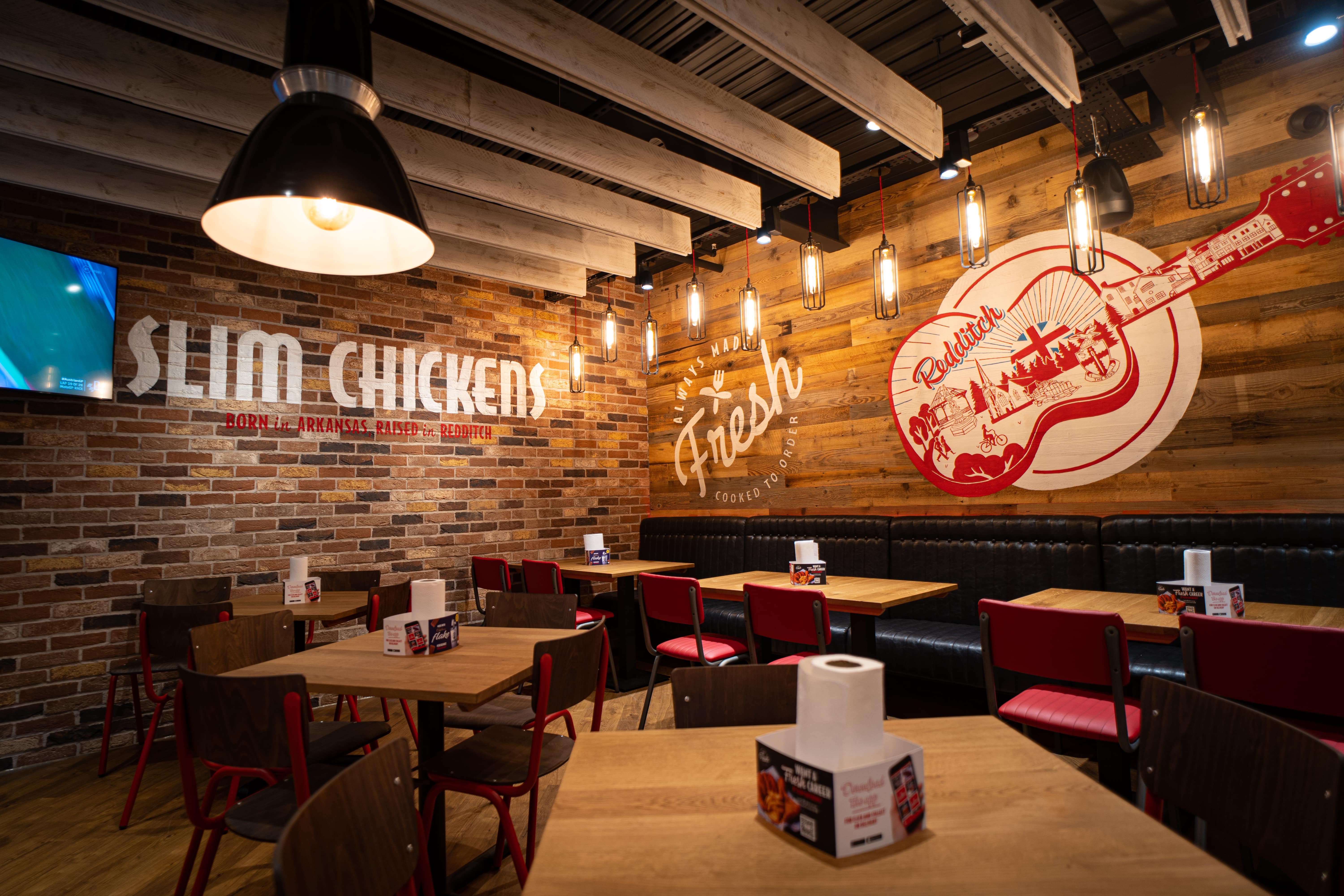How Architectural Design Helps User Experience
Architectural design isn’t just about structure, but about how people feel in a space and how easily they move through it. It’s about whether the environment within the structure supports what they came to do. A well-designed space not only attracts the eyes, but also quietly improves comfort, focus and flow.
Let’s look closer at how architectural design improves the user experience.
What Is User-Centred Design?
User-centred design puts people first. Instead of starting with materials or style, the process begins by understanding who will use the space and what they need from it. That might mean mapping out how staff move through a kitchen, or how customers navigate a lobby, or how patients find their way through a healthcare facility.
Interior architects consider factors like comfort, clarity and accessibility, as well as the emotional response inspired by the design. This leads to better spatial planning, smarter use of light, and more intuitive layouts. When a space is designed with users in mind, everything just feels easier.
Why User Experience Matters In Architecture
User experience architecture design has a significant influence on behaviour. For example, a bright, well-ventilated office can improve focus, while a quiet café layout can encourage longer stays. A confusing shop layout, on the other hand, can push people to leave.
Architectural user experience is about creating spaces that people instinctively understand and feel good in. Light, acoustics, sightlines, and transitions between spaces all affect how someone interprets and uses a place. This matters even more in high-traffic areas like transport hubs, healthcare sites, or retail chains.
Benefits Of A User-Centred Approach
Designing around users makes a space more efficient and more comfortable by reducing friction and speeding up navigation. It supports the work or experience taking place, such as higher productivity in workplaces. In hospitality, it can lead to better customer satisfaction and smoother service.
For businesses, this approach can translate directly into better results. People work better, shop more easily, and return more often when the space fits their needs.
UX Design Principles In Architecture
Accessibility is a key principle, so the likes of step-free access, logical circulation routes, clear signage, and intuitive wayfinding are crucial. Think beyond minimum compliance. A truly accessible space feels effortless for everyone who enters it.
Good user experience design architecture also relies on predictability and rhythm. People will always feel more comfortable when layouts make sense and transitions between zones are clear.
Looking Ahead
User-centred architecture is evolving, with new materials and modular systems making it easier to adapt layouts over time. Then there’s smart lighting and ventilation, which can respond to how people actually use the space. Designers are also adding biophilic elements like plants and natural textures to support mental health and general well-being.
The future of user experience in architecture is flexibility, as it’s vital that spaces keep working even as user expectations and operational needs change.
If you’re planning a new space or need help improving the one you have, we can help. Our team designs user-centred design into every stage of the process, creating spaces that look as well as they perform, so make an enquiry today.
Image source: Canva
You May Also Like
These Related Stories

How To Design Successful Food & Beverage Spaces

What Is The Importance Of Interior Design In The Hospitality Industry?




No Comments Yet
Let us know what you think